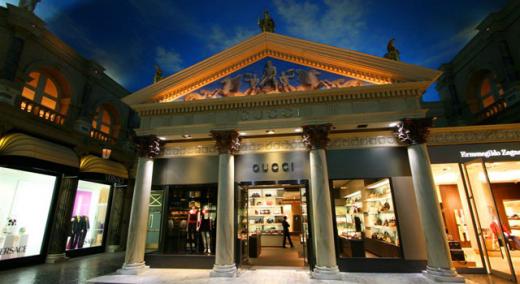"Gucci" Credit: Bart
The other day I watched House of Gucci—a biographical movie directed by Ridley Scott about the Tuscan dynasty representing the famous luxury fashion house. The story is based on a nonfiction book written by Sara Gay Forden, The House of Gucci: A Sensational Story of Murder, Madness, Glamour, and Greed (Custom House, 2021).
|
ADVERTISEMENT |
Apart from all the drama and all the glamour, what I was looking for was how the Gucci family approached quality. As a quality manager and researcher, I had previously addressed the subject of perceived quality and how some manufacturers, especially the manufacturers of luxury goods, had worked to purposefully create the impression of high quality.1 Often, their reputations for craftsmanship would later be abused by unscrupulous dealers who flooded the markets with knockoffs. It’s in this respect that I found one deviation of the movie from the book quite unsettling.
‘Quality is remembered long after price is forgotten.’
—Aldo Gucci
…

Add new comment